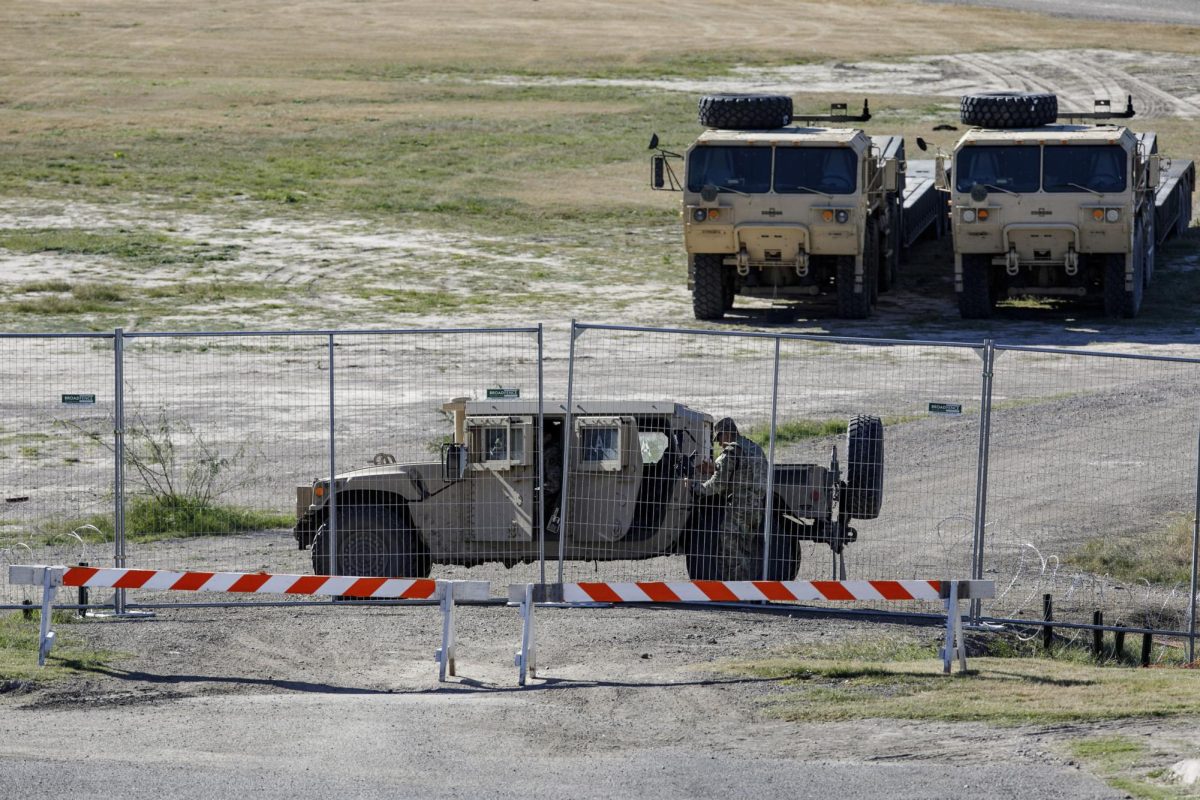For many families and individuals across America, the yuletide season is characterized by many similar hallmarks in each and every household. Stockings are hung over the fireplace, Christmas trees – both real and artificial – are decorated with lights and colorful ornaments, and on Christmas Eve, children go to sleep with the hopes of waking up to piles of perfectly wrapped presents from Santa the following morning.
This being said, while many people understand this preconceived and widespread notion of the Christmas holiday celebration in the United States, there are countless unique ways in which the holiday season is celebrated around the globe depending on religion, culture, and regional customs.
“Our unique customs and traditions are what make the winter holiday season so special, and this time of year might look different depending on where you are in the world. The holidays we celebrate – and the ways we celebrate them – are different from country to country, and even neighborhood by neighborhood,” contributor for the Better Homes and Garden website, Emily VanSchmus explained.
Día de los Reyes, more commonly referred to as Three Kings Day or the Epiphany, is a Christian celebration that is observed on Jan. 6, exactly 12 days after Christmas. Three Kings Day commemorates the Biblical story of the three kings — Melchior, Caspar, and Balthazar — who followed the star of Bethlehem to bring gifts to the newborn baby Jesus. Although Three Kings Day has roots in Spain and Latin America, this event is celebrated widely by Christians worldwide.
In lieu of the three wise men having been rumored to travel by camelback, children commonly set out grass, grain, carrots, and other treats for the animals to “snack on” the night before the holiday. In addition, many young children set a pair of their shoes outside by the front door of their home for the wise men to fill up with gifts and small treasures as they make their way through town on their way to meet Jesus.
Many families also typically celebrate the Three Kings Day occasion with an enormous feast and a loaf of sweet bread with a small baby figurine tucked inside one of the slices — extremely similar to a King’s Cake that an individual would find during Mardi Gras. However, unlike the Mardi Gras tradition, whoever discovers the hidden figurine inside their slice of sweet bread earns the right to wear a crown atop their head for the remainder of the celebration.
On the other side of the globe, Germany is celebrating the holiday season in their own unique ways, most notably with their notorious Christmas markets known as Weihnachtsmarkt or Christkindlmarkt to many of the German natives. Each large German city holds its own extensive outdoor market at night in the weeks leading up to Christmas. Each market can showcase up to hundreds of booths and vendors who offer their goods, services, artwork, and refreshments for purchase.
Market visitors can enjoy a “variety of traditional food and drinks, including glühwein (a warm mulled wine), roasted chestnuts, and various pastries like christstollen (fruit bread) and bethmännchen (pastry with marzipan),” VanSchmus described. If an individual finds themselves to be in Germany near the holiday season, going to a German Christmas market must definitely be added to the to do list.
In Israel and other Jewish households around the world, the eight-day celebration of Hanukkah takes place. Hanukkah — also known as the Festival of Lights — is a Jewish holiday that commemorates the victory of the Maccabees over the larger Syrian-Greek army. The Hanukkah celebration commemorates the miraculous event whereby a single day’s supply of oil allowed the menorah Hanukkah Menorah in the rededicated Jewish temple in Jerusalem to remain lit for eight days while more oil was being sanctified and prepared for use. The eight days of Hanukkah celebration symbolize this miracle that supposedly took place all that time ago, and embodies the Jewish faith as a whole.
“In Nov or Dec, families observe each night of Hanukkah by lighting a menorah candle together, exchanging small gifts, and eating traditional foods like babka, latkes, and rugelach,” VanSchmus illustrated.
In the Nordic country of Sweden, and in some parts of Italy and Norway, Santa Lucia Day marks the start of the Christmas season on Dec. 13. The holiday celebration memorializes St. Lucy, an Italian-Christian martyr who died in the early 4th century for abiding to her Christian faith. Typically, during the Santa Lucia festivals and parades, a young girl is chosen to lead the parade wearing a white gown and a wreath with candles upon her head since this is believed to be how Santa Lucia carried out her duties when helping fellow oppressed Christian at the time.
In addition to Saints Lucia Day, in Italy the Feast of the Seven Fishes is also celebrated.
The Feast of the Seven Fishes is typically celebrated by Italian Americans on the evening of Christmas Eve, and is characterized by eating fish in observance of the Roman Catholic practice of not eating meat or dairy on the eve of many holidays, including Christmas. The number seven is simply derived from the constant repetition of the number throughout the Bible. In general, the feast on Christmas Eve consists of seven unique seafood dishes and a few other classic pastries like panettone and pandoro, which are traditional Italian cakes.
Kwanzaa is another holiday tradition, but rather than having religious origins, Kwanzaa follows cultural ideals from the likes of African culture and African-American roots. Kwanzaa celebrations can be found in Southern Africa, the Caribbean, and United States, and families observe the holiday in remembrance of the Watts Rebellion to memorialize the unity and empowerment of African-Americans during this time of misjudgement and oppression.
The Kwanzaa celebration was originally assembled in the United States by Black nationalist Maulana Karenga in 1966, and the holiday’s traditions can be traced back to the roots of traditional African harvest festivals. Kwanzaa is a seven-day celebration that begins the day after Christmas and lasts until the new year, with each day representing specific principles that inherit a cultural significance, known as Nguzo Saba.
“Families observe the passing of each day by lighting a candle on the kinara, a special candle holder made to hold seven long candles. Three of the candles are red, representing the struggle, three are green, representing land and hope for the future, and one of the candles is black, representing people of African heritage. Celebrations of Kwanzaa incorporate those colors as well as music, poetry, dance, and personal or communal narratives. On the sixth day of Kwanzaa, families celebrate with a large feast, known as Karamu Ya Imani,” VanSchmus defined.
In many households across China, Korea, Japan, and Vietnam, Bodhi Day is commonly celebrated on Dec. 8 in the households that adhere to the Buddhist faith.
Bodhi day commemorates Buddha’s enlightenment, which is said to have happened under the sacred Bodhi tree. Bodhi day is observed through the creation of altars adorned with string lights and candles, meditation, and acts of kindness.
On the last day of the year in Japan, Japanese New Year, also known as Ōmisoka, is celebrated. The holiday is focused around the idea of obtaining a fresh start for the new year ahead, therefore the holiday is generally celebrated by deep-cleaning the house, repaying any outstanding debts, and purifying the home. More recently, families and friends often gather for parties and large feasts with the main course being Toshikoshi-soba, which is a custom soba noodle made from buckwheat flour.
Lastly, Diwali or Deepavali, also known as The Festival of Lights, is celebrated by those who practice Hinduism, Sikhism, and Jainism. Though the celebration’s origins are traced back to the heart of India, Diwali is now widely celebrated by more than a billion people around the world. Due to the widespread observance of the holiday, there are many different reasons for celebrating Diwali that vary from religion to religion and from region to region.
The five-day Diwali festival celebrates the spiritual principles of the victory of light over darkness, good over evil, and knowledge over ignorance. Diwali is typically celebrated in generous groups of families, friends, and other distant relatives, and traditional foods like ladoo and samosas are enjoyed by the handful. Moreover, there are generally large fireworks, candle, and lantern displays.
Evidently, there are a number of ways by which the holiday season is celebrated around the globe, and if it seems fitting, it might not be an adverse idea to adopt some of these celebrations into your own household traditions while still abiding by your family’s rich culture and religious background.
For information regarding winter holidays that are observed around the world, please visit time.com/6242283/december-global-holidays-christmas-hanukkah-yule/ and www.punchbowl.com/p/winter-holidays-to-learn-about-and-celebrate-at-home.






